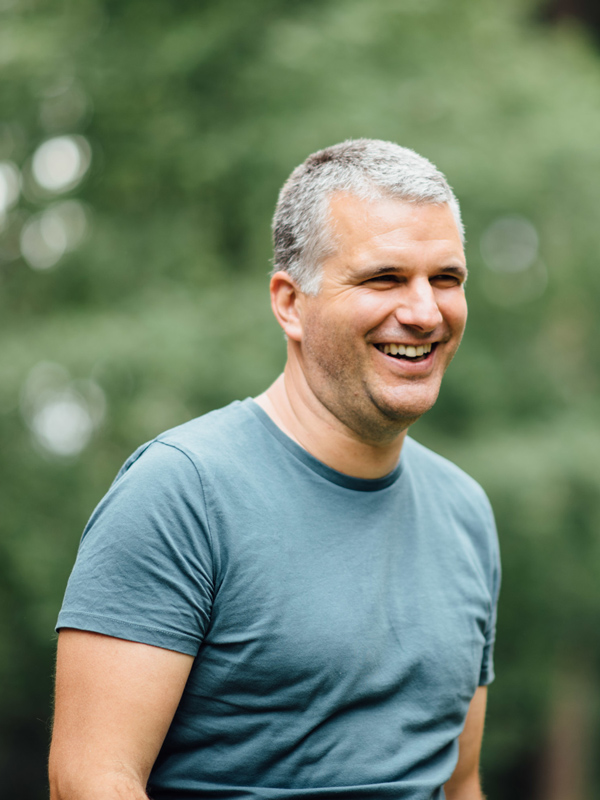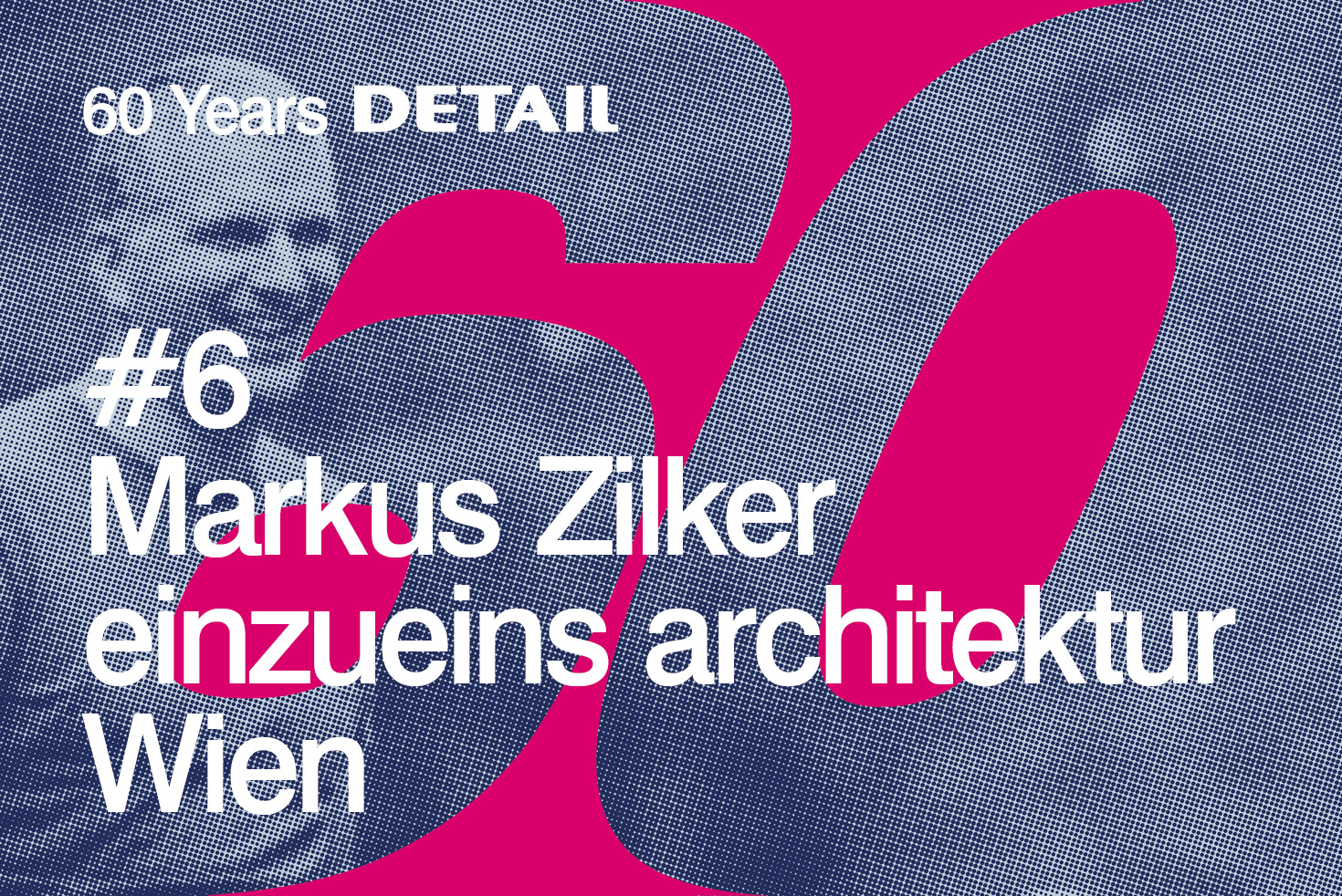Liveability Then and Now: Markus Zilker of einszueins architektur

How architecture is understood has changed significantly in six decades. Markus Zilker of einszueins architektur is interested primarily in the social and ecological questions of the 1960s. A retrospective and outlook with the Vienna architect.
What is the legacy of 1960s architecture?
As we perceive it, the 1960s led to a greater preoccupation with the social questions surrounding architecture. It is probably no coincidence that the topic of communal living, with its focus on social and ecological matters, started in Denmark and became an important component of residential building from the 1960s.
Where do you see architecture 60 years from now?
In 60 years, architecture will still revolve around the great questions in life: how do we want to live (together)? How do we maintain a liveable world for ourselves and everyone else? How can we make a concrete contribution?
When did you first encounter Detail?
I first encountered Detail during my studies in Vienna in the 1990s. Back then, an older fellow student had a perfect collection of Detail issues from the previous 10 years (he had been studying a bit longer). They were available to all of us in our shared studio.
Markus Zilker, born 1975, studied architecture at the TU Vienna and ETSA in Seville. After practicing in Vienna and Campinas/Brazil for a few years, he established the einszueins architektur studio with Katharina Bayer. Their work focuses on communal building and living. In Vienna and the surrounding area, they have realized many joint building projects such as the Wohnprojekt Wien (Engl.: Housing Project Vienna), which is home not only to Markus Zilker himself, but all his studio space as well.



